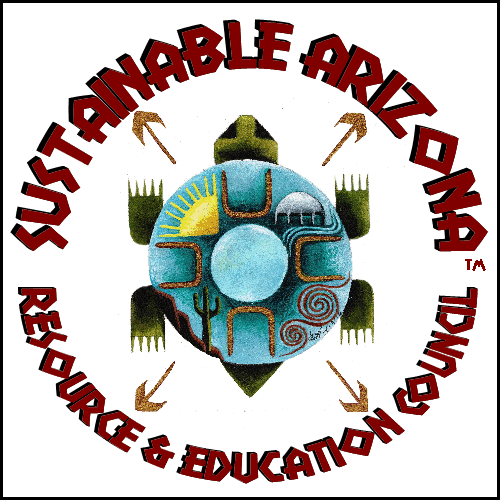 Now that the power sector is making strong gains on reducing emissions, transportation is the greatest source of climate pollution – accounting for a third of US greenhouse gases.
Now that the power sector is making strong gains on reducing emissions, transportation is the greatest source of climate pollution – accounting for a third of US greenhouse gases.
How do we reel in pollution from millions of cars and trucks? The easiest way that’s a win-win is to make cars and trucks more efficient, so they use less gas. In exchange for being bailed out of bankruptcy by the Obama Administration, automakers – after decades of blocking progress – agreed to produce much more efficient vehicles; 35 miles per gallon (mpg) by 2016 and 54 mpg by 2025. But now, they want the Trump Administration to relieve them those “expensive, hard to meet targets” and the heavy toll of “burdensome regulations.”
This is exactly why we need regulations. The private sector will not act on its own. All Americans benefit from vastly more efficient cars, trucks and buses – driving a car that gets 54 mpg is a huge step forward from the 24 mpg cars were stuck at for decades.
Individuals and businesses really like going further on a tank of gas. Americans have already saved $35 billion on gas, while avoiding consumption of 270 million barrels of oil, cutting cancer-causing pollution and greenhouse gas emissions, all since 2011. The trucking industry actually ASKED for standards – turns out, getting 6 mpg isn’t great for trucking companies!
Fuel economy standards were the single biggest energy efficiency policy of the Obama administration and automakers successfully met the first milestone in 2016 – fleet-wide averages of 35.5 mpg.
Reaching 54 mpg requires innovation and selling lots of hybrids and plug-ins, but right now automakers are mostly selling very profitable gas-guzzling SUVs and pickup trucks. Besides, electric car sales are slow, they opine. Have you ever seen an ad for plug-in or electric cars? The answer is No or Rarely. Have you seen ads for SUVs? Yes, Constantly.
Research on national TV ads confirms this, and there’s also a dearth of electric vehicles (EVs) at dealerships. They either don’t stock them or have a few hidden in the back. Forget a test drive! Salespeople aren’t trained on their benefits and often aren’t aware of state and federal tax credits and rebates. Another survey finds that 60% of Americans don’t even know that plug-ins exist and that 80% have never been in an EV.


